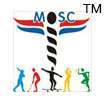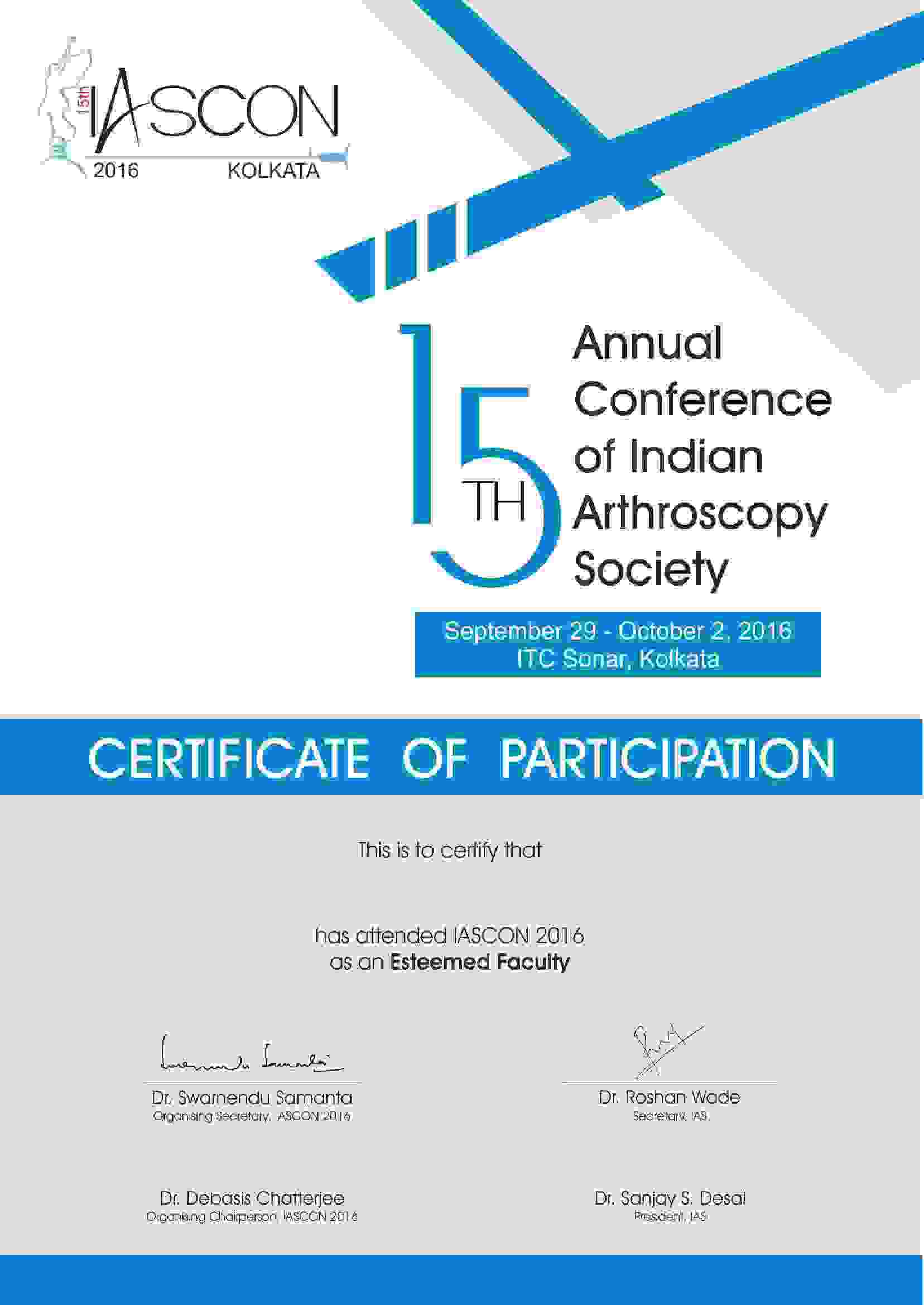Why do shoulder dislocations recur?
The shoulder is an inherently very unstable joint of the human body. When it dislocates in any direction (usually in the front), there is a tear of an important piece of tissue called the glenoid labrum. This tissue is responsible for acting like a speed-breaker or a bumper & preventing dislocations in the intact shoulder. When torn during a dislocation, the labrum does not have the capacity to heal in its normal position. This leads to a tendency of repeated episodes of shoulder dislocation.
I dislocated my shoulder. What are the chances of recurrence?
There are very high chances of recurrence if the first dislocation happened before the age of 20, as high as 90%. Thereafter the incidence decreases to 60% at the age of 40. Beyond 40 years a different tissue of the shoulder called the rotator cuff gets torn & leads to a disabling weakness of the shoulder characterized by inability to lift the arm.
My shoulder keeps on dislocating every now & then, but I am able to put it back in place. Am I doing myself any harm by not getting operated?
Yes you are harming your shoulder this way. Each episode of dislocation damages your shoulder by robbing it of some bone from both ends. Eventually your shoulder may become so weak that routine dayto day activities like sleeping with the hand under the head, might dislocate your shoulder!
What is done in the surgery?
Surgery for recurrent dislocations these days is a standard arthroscopic procedure. The joint is inspected with a tiny 4mm camera & the torn tissue is directly stitched to the bone. This is done using special implants called bone anchors. Generally 3-4 anchors are used depending on the length of the tear.
In some instances bone loss around the shoulder is too profound to allow an arthroscopic surgery. In those cases bone grafting is done through a small open incision. A piece of bone is taken from the shoulder blade (called the coracoid) & is fixed to the bone defect with screws.
POST-OP Recovery following the surgery takes 12 weeks. For the first 6 weeks, the hand is held in a sling & very little movements are allowed. For the next 6 weeks shoulder movements & strengthening exercises are started.
You can expect to do all activities that you used to do before the injury, after an arthroscopic operation.










